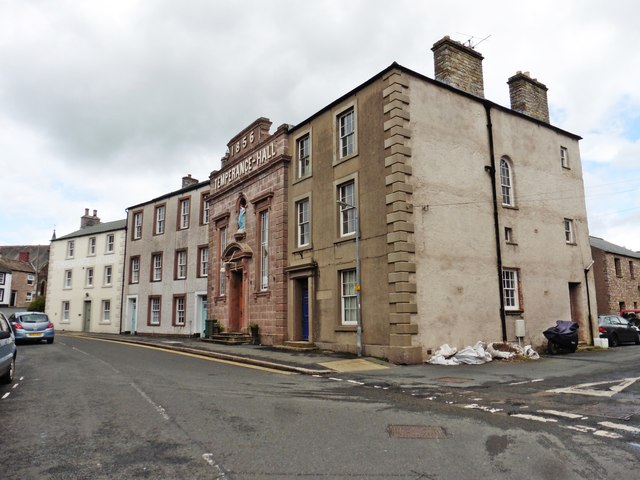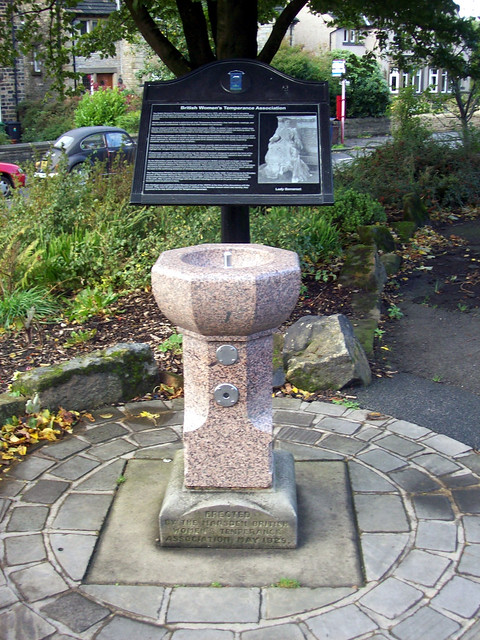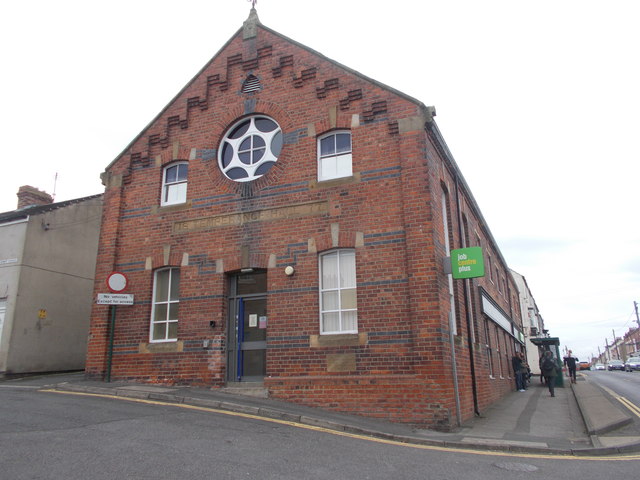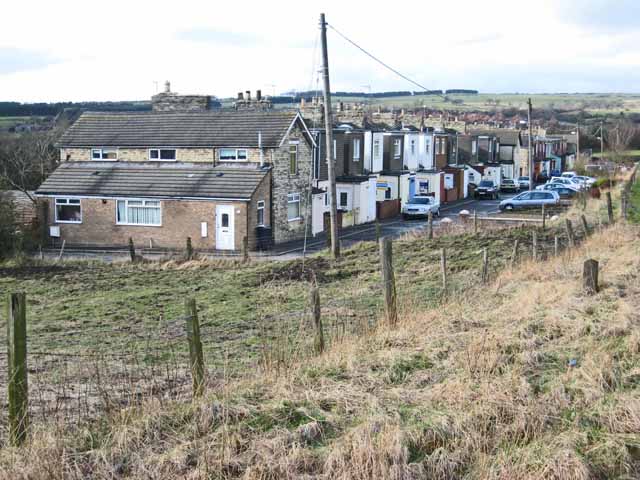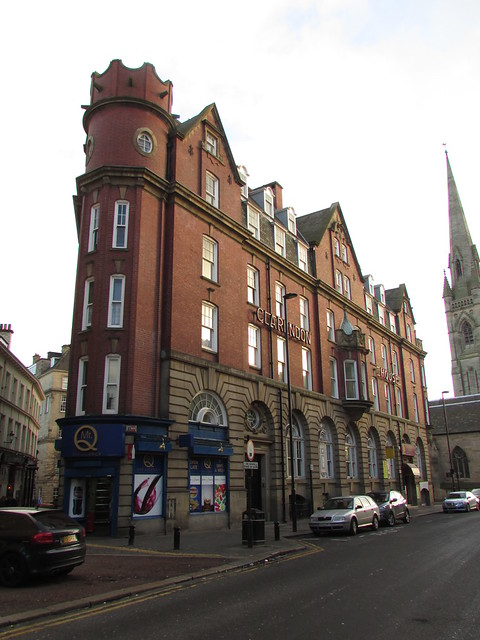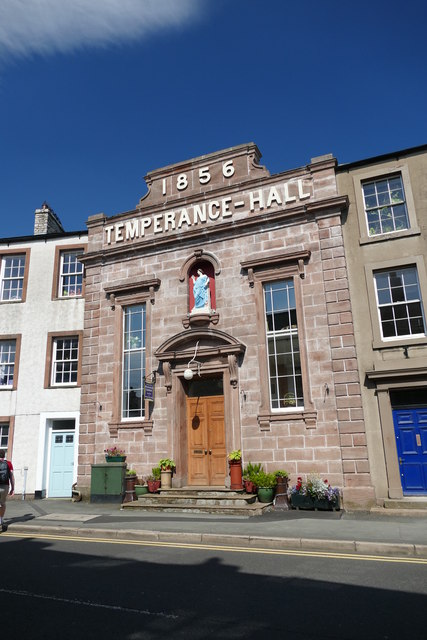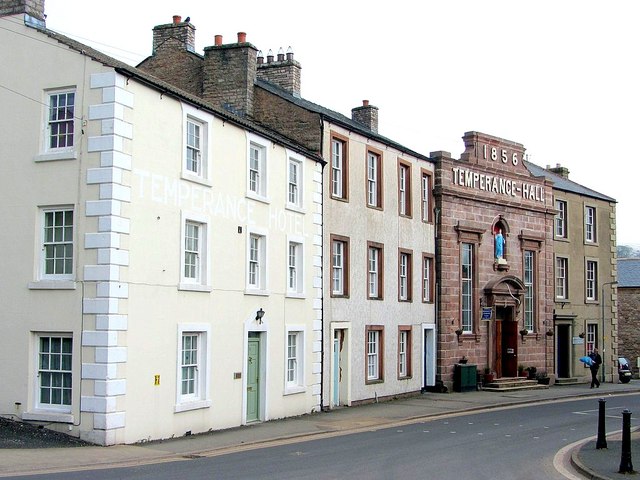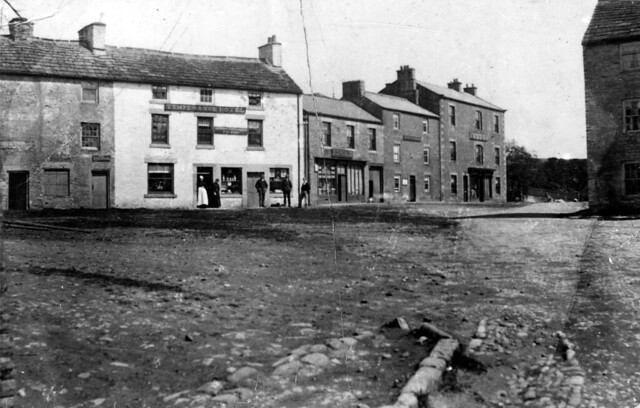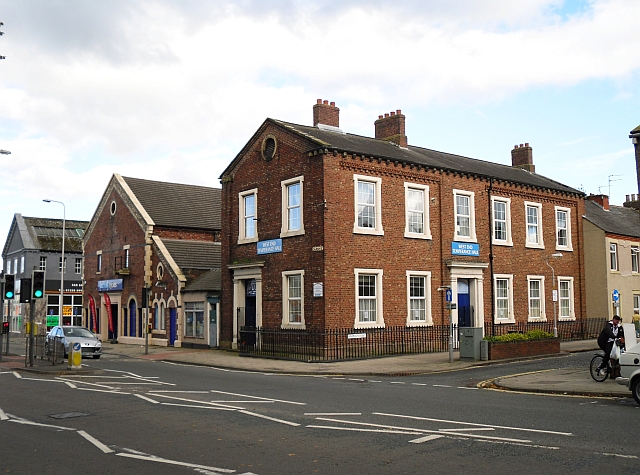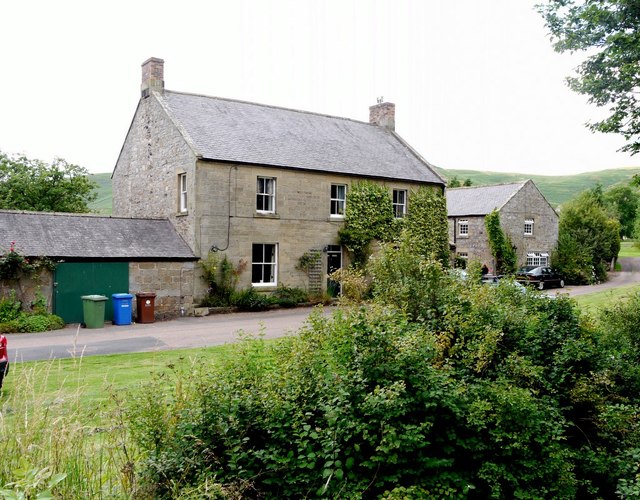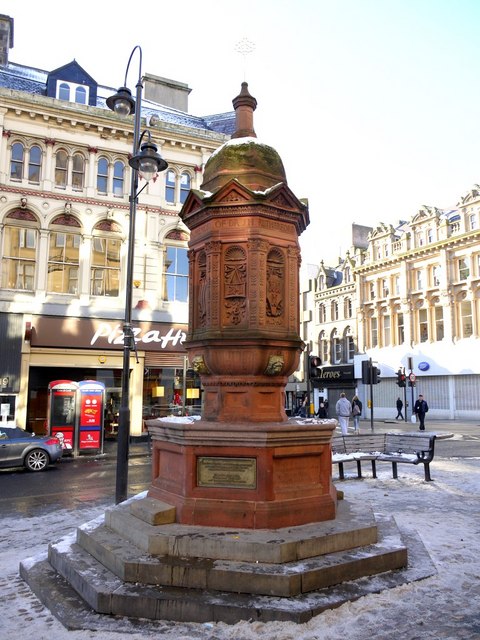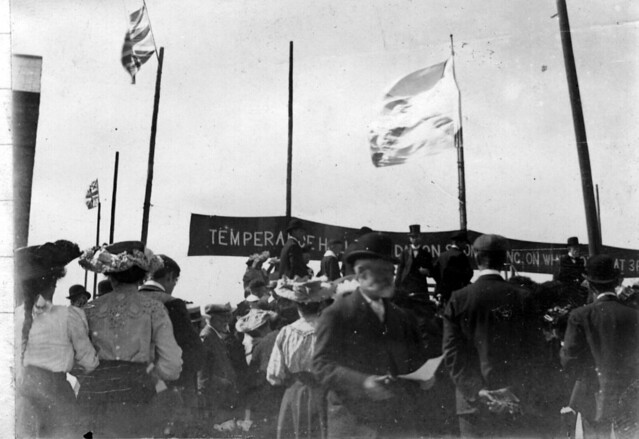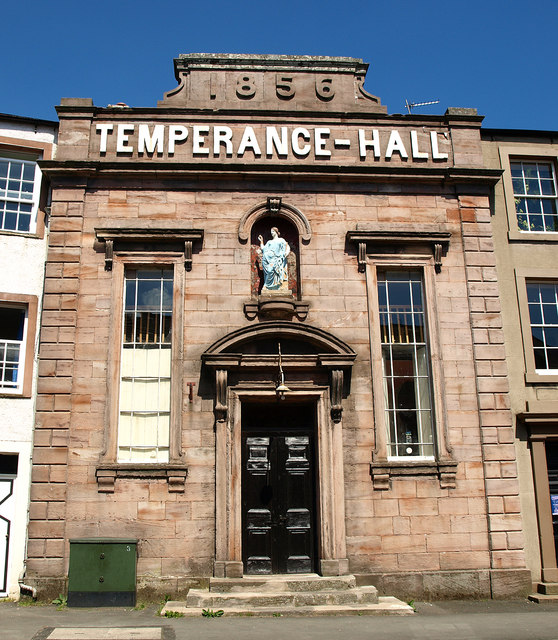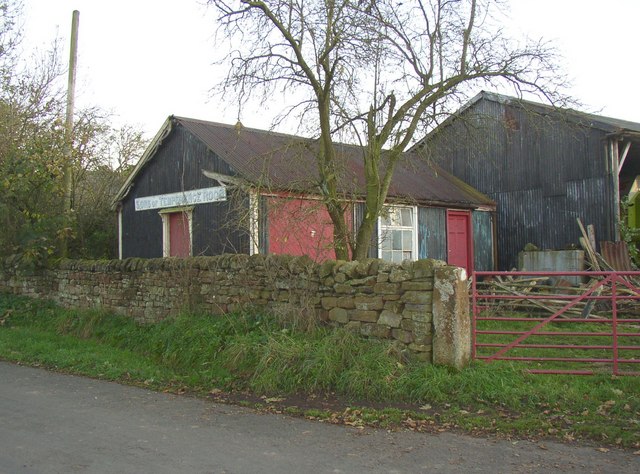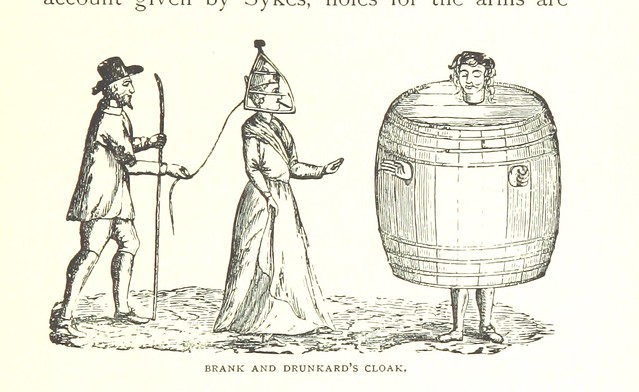Topics > Society > Temperance Movement
Temperance Movement
The Temperance movement of the 19th and early 20th centuries was a social movement advocating against drunkenness and many in the movement promoted total abstinence from alcohol. Some were considered "temperance chartists", who saw the campaign against alcohol as showing that working class people were responsible and should be granted the vote. There were many different temperance organisations in the UK (also in the USA and other countries). These included the British Association for the Promotion of Temperance (established by 1835), and the Band of Hope (established 1847). Some former Temperance Halls and Temperance Hotels are still standing and now used for other purposes. The Band of Hope still exists today as "Hope UK", a charity which educates children and young people about drug and alcohol abuse.
The Temperance movement in the United Kingdom originated as a mass movement in the 19th century. Before this, though there were diatribes published against drunkenness and excess, total abstinence from alcohol was very rarely advocated or practised. The earliest temperance societies, inspired by the Belfast professor of theology, and Presbyterian Church of Ireland minister John Edgar, who poured his stock of whiskey out of his window in 1829, concentrated their efforts on spirits rather than wine and beer. Joseph Livesey was another British temperance advocate who financed his philanthropic work with the profits attained from cheese production, following an introduction to the food product by a doctor he had consulted with regards to a serious ailment in 1816. The term teetotal is derived from a speech by Richard (Dickie) Turner, a follower of Livesey, in Preston in 1833. Livesey opened the first temperance hotel in 1833 and the next year founded the first temperance magazine, The Preston Temperance Advocate (1834–37). The British Association for the Promotion of Temperance was established by 1835.
Timeline
The first British organisation that promoted temperance was founded by John Dunlop and his aunt Lillias Graham of Gairbraid and named the Glasgow and West of Scotland Temperance Society, which was formed in 1829. In 1838, the mass working class movement for universal suffrage, Chartism, included a current called "temperance chartism". Faced with the refusal of the parliament of the time to give the right to vote to working people, the temperance chartists saw the campaign against alcohol as a way of proving to the elites that working-class people were responsible enough to be granted the vote.
In 1847, the Band of Hope was founded in Leeds, with the stated aim of saving working class children from the perils of drink. The members had to pledge to abstain "from all liquors of an intoxicating quality, whether ale, porter, wine or ardent spirits, except as medicine"
In 1853, inspired by the Maine law in the US, the United Kingdom Alliance was formed aimed at promoting a similar law prohibiting the sale of alcohol in the UK. This hard-line group of prohibitionists was opposed by other temperance organisations who preferred moral persuasion to a legal ban. This division in the ranks limited the effectiveness of the temperance movement as a whole. The impotence of legislation in this field was demonstrated when the Sale of Beer Act 1854 which restricted Sunday opening hours had to be repealed, following widespread rioting. In 1859 a prototype prohibition bill was overwhelmingly defeated in the House of Commons.
One of the most active advocates of temperance was Dr. Norman Shanks Kerr. He promoted the treatment of inebriates and held that inebriety was a disease, not a vice, and that it should be treated accordingly. In 1884, in response to the inadequacy of the Habitual Drunkards Act of 1879, he founded the Society for the Study and Cure of Inebriety and was the first president. The society still exists as the Society for the Study of Addiction.
The temperance movement received an unexpected boost due to state intervention when the Liberal government passed the Defence of the Realm Act in 1914 at the beginning of the First World War. According to the provisions of this act pub hours were licensed, beer was watered down and was subject to a penny a pint extra tax. This situation was maintained by the subsequent establishment of the State Management Scheme in 1916 which nationalised breweries and pubs in certain areas of Britain where armaments manufacture was taking place. At the same time, there were secular temperance organisations connected to the labour movement. An example would be the Scottish Prohibition Party, founded by a communist temperance activist called Bob Stewart, who followed the British Labour Party on all other issues. There was a Marxist offshoot called the Prohibition and Reform Party, which later became part of the Communist Party of Great Britain in 1920.
Between the wars, American exponents of the sterling example set to Britain by National Prohibition, such as William "Pussyfoot" Johnson and Dr Armor, toured the country, to be met with derision, and in Johnson's case, violence. In the end, the dismal example of the complete failure of Prohibition in America put paid to any remote chance that the temperance lobby would succeed in achieving its aims in the UK.
The former Manchester City F.C. football stadium Maine Road took its name from a street that had been renamed Maine Road (from Dog Kennel Lane) by members of the Temperance Movement. They selected the name as a result of the 1853 Maine law.
Religious support
Early on, various Nonconformist groups, notably the Methodists, Quakers and The Salvation Army (founded in 1864), lobbied parliament to restrict alcohol sales. In Wales Lady Llanover, motivated by Calvinistic Methodists teachings, closed all the public houses on her estate and was an outspoken critic of the evils of alcohol.
The Church of England Temperance Society, which had roots in the Anglo-Catholic tradition was founded in 1862, and its volunteers within the court system would lead to the first probation service.
The League of the Cross was a Catholic total abstinence organisation founded in 1873 by Cardinal Manning. In 1876 the British Women's Temperance Association was formed to persuade men to stop drinking, rebranded in 2006 as the White Ribbon Association.
From 1880 to 1882 the cause of abstinence was revived by the Gospel Temperance or Blue Ribbon movement, based in America. They sent a member named Richard Booth to promote their cause in England through mass meetings held up and down the country. In 1884 the National Temperance Federation, associated with the Liberal Party was founded.
Visit the page: Temperance movement in the United Kingdom for references and further details. You can contribute to this article on Wikipedia.
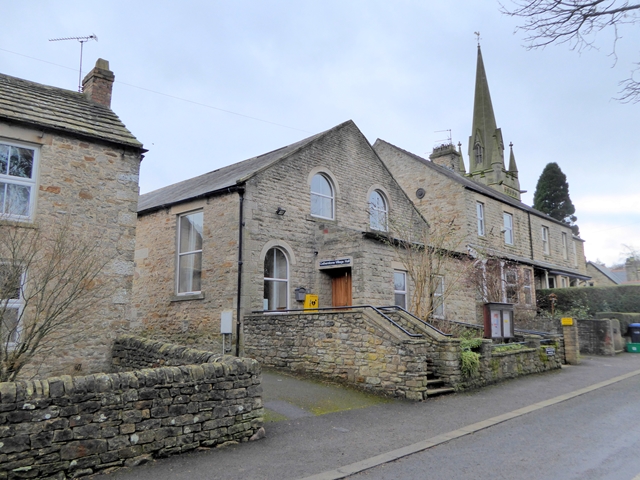
Co-Curate Page
Village Hall, Cotherstone
- Overview Map Street View The village hall in Cotherstone was originally built in 1893 as a Temperance Hall. It has been modernised for it's use as a village hall and …

from Allen Valleys Local History (flickr)
Allendale Village Hall 1905 [0002-172]
Pinned by Simon Cotterill
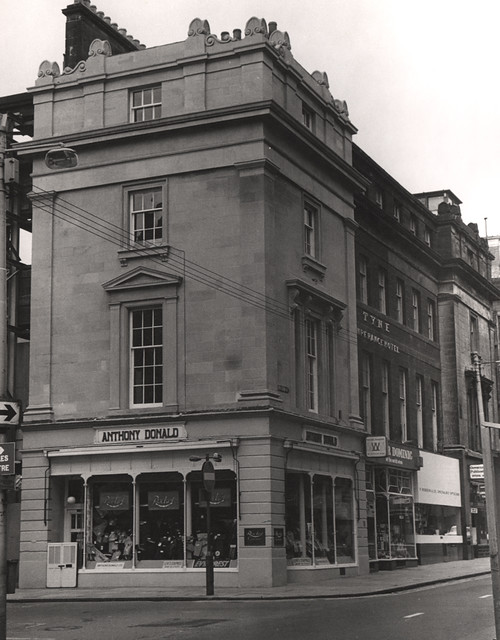
from Newcastle libraries (flickr)
021288:Pilgrim Street/Hood Street Newcastle upon Tyne Signey J. 1971
Pinned by Simon Cotterill
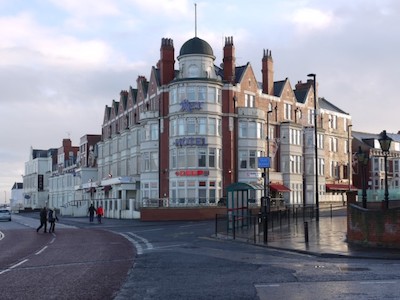
Co-Curate Page
Bay View House (former Rex Hotel)
- Overview Map Street View Bay View House is located on the corner of Promenade and South Parade in Whitley Bay. This is the former 70 bedroom Rex Hotel, which closed in 2016. …
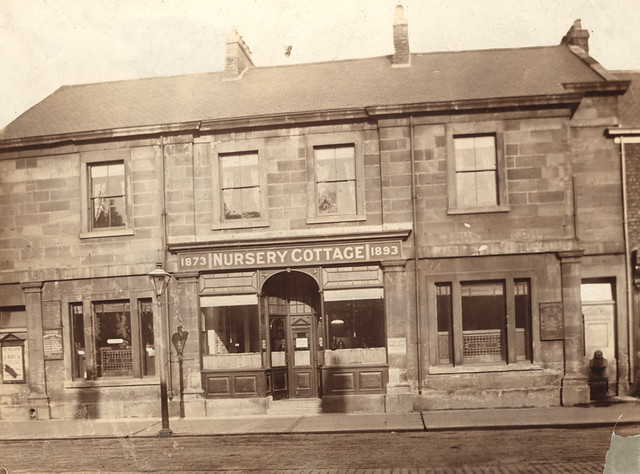
from Newcastle libraries (flickr)
003644:Nursery Cottage Scotswood Road Unknown c.1895
Pinned by Simon Cotterill

from http://ppparchive.durham.gov.…
Band Of Hope At Hart - Hutton Henry
- "Photograph showing nine men and women and twenty four children sitting on a hillside accompanied by banners reading: Hutton Henry Band of Hope, Be Thou Faithful and Our Cause ...; …
Added by
Simon Cotterill

from https://commons.wikimedia.org…
Band of Hope Member's Card - 1870
- Public Domain image from the National Library of Wales, c/o Wikimedia Commons.
Added by
Simon Cotterill
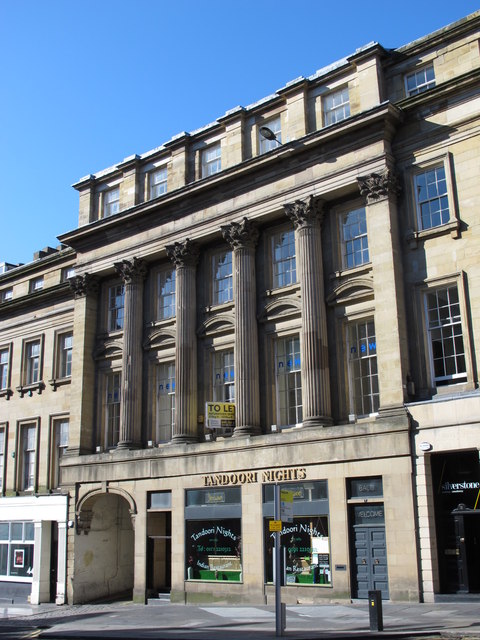
Co-Curate Page
15 & 17 Grey Street
- Overview Map Street View Nos. 15 & 17 Grey Street, Newcastle. Shops and houses, now shops and offices. Built in c.1835, probably by John Wardle, for Richard Grainger as part of the redevelopment of …
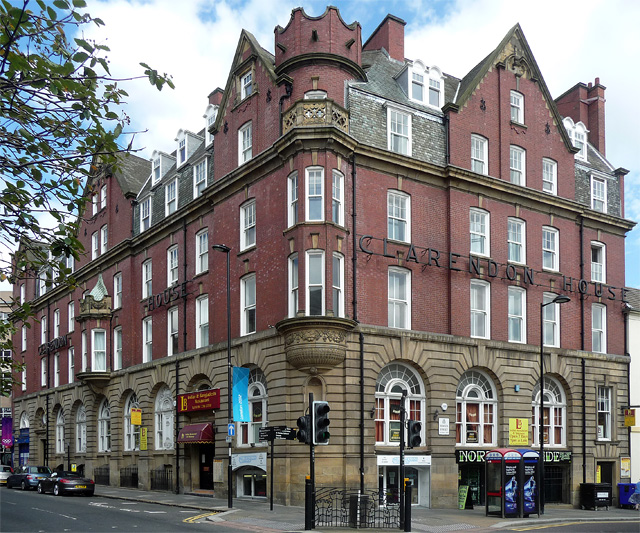
Co-Curate Page
Clarendon House, Clayton Street West
- Overview Map Street View Clarendon House on the corner of Clayton Street West and Bewick Street in Newcastle was originally built as a temperence hotel. It was designed by Oliver …
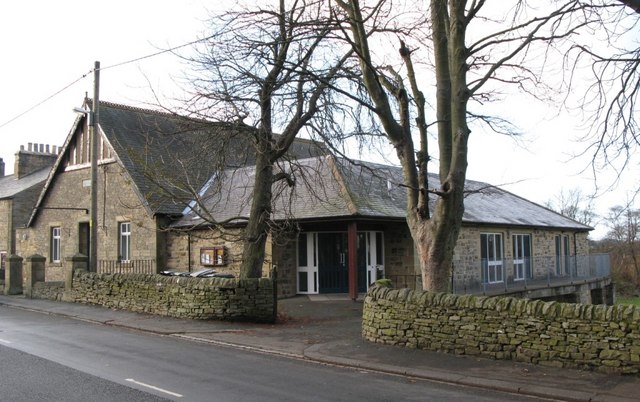
Co-Curate Page
Allendale Village Hall
- Overview Map Street View Allendale Village Hall and Recreation Ground are located on Leadgate (B6303) in Allendale Town. The building was originally constructed as a Temperance Hall in 1905. The …
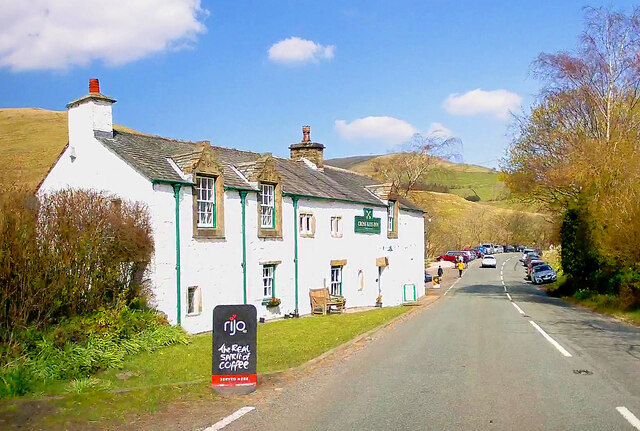
Co-Curate Page
The Cross Keys Temperance Inn
- Overview Map Street View The Cross Keys Temperance Inn is located in Cautley, on Cautley Road (A683), about 4 miles north-east of Sedbergh and 9 miles south-west of Kirkby Stephen. …
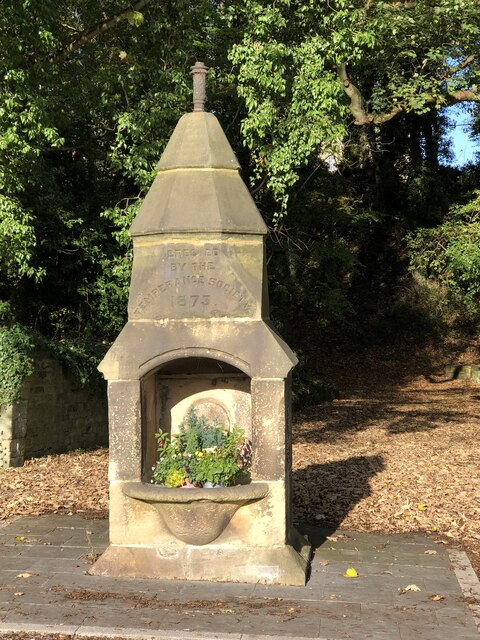
Co-Curate Page
Drinking Fountain, Durham Chare
- Overview Map Street View There is an old drinking fountain on Durham Chare in Bishop Auckland. It was built by the Temperance Society in 1873. The fountain is situated near …


Co-Curate Page
Village Hall, Cotherstone
- Overview Map Street View The village hall in Cotherstone was originally built in 1893 as a Temperance Hall. It has been modernised for it's use as a village hall and …

from Allen Valleys Local History (flickr)
Allendale Village Hall 1905 [0002-172]
Pinned by Simon Cotterill

from Newcastle libraries (flickr)
021288:Pilgrim Street/Hood Street Newcastle upon Tyne Signey J. 1971
Pinned by Simon Cotterill

Co-Curate Page
Bay View House (former Rex Hotel)
- Overview Map Street View Bay View House is located on the corner of Promenade and South Parade in Whitley Bay. This is the former 70 bedroom Rex Hotel, which closed in 2016. …

from Newcastle libraries (flickr)
003644:Nursery Cottage Scotswood Road Unknown c.1895
Pinned by Simon Cotterill

from http://ppparchive.durham.gov.…
Band Of Hope At Hart - Hutton Henry
- "Photograph showing nine men and women and twenty four children sitting on a hillside accompanied by banners reading: Hutton Henry Band of Hope, Be Thou Faithful and Our Cause ...; …
Added by
Simon Cotterill

from https://commons.wikimedia.org…
Band of Hope Member's Card - 1870
- Public Domain image from the National Library of Wales, c/o Wikimedia Commons.
Added by
Simon Cotterill

Co-Curate Page
15 & 17 Grey Street
- Overview Map Street View Nos. 15 & 17 Grey Street, Newcastle. Shops and houses, now shops and offices. Built in c.1835, probably by John Wardle, for Richard Grainger as part of the redevelopment of …

Co-Curate Page
Clarendon House, Clayton Street West
- Overview Map Street View Clarendon House on the corner of Clayton Street West and Bewick Street in Newcastle was originally built as a temperence hotel. It was designed by Oliver …

Co-Curate Page
Allendale Village Hall
- Overview Map Street View Allendale Village Hall and Recreation Ground are located on Leadgate (B6303) in Allendale Town. The building was originally constructed as a Temperance Hall in 1905. The …

Co-Curate Page
The Cross Keys Temperance Inn
- Overview Map Street View The Cross Keys Temperance Inn is located in Cautley, on Cautley Road (A683), about 4 miles north-east of Sedbergh and 9 miles south-west of Kirkby Stephen. …

